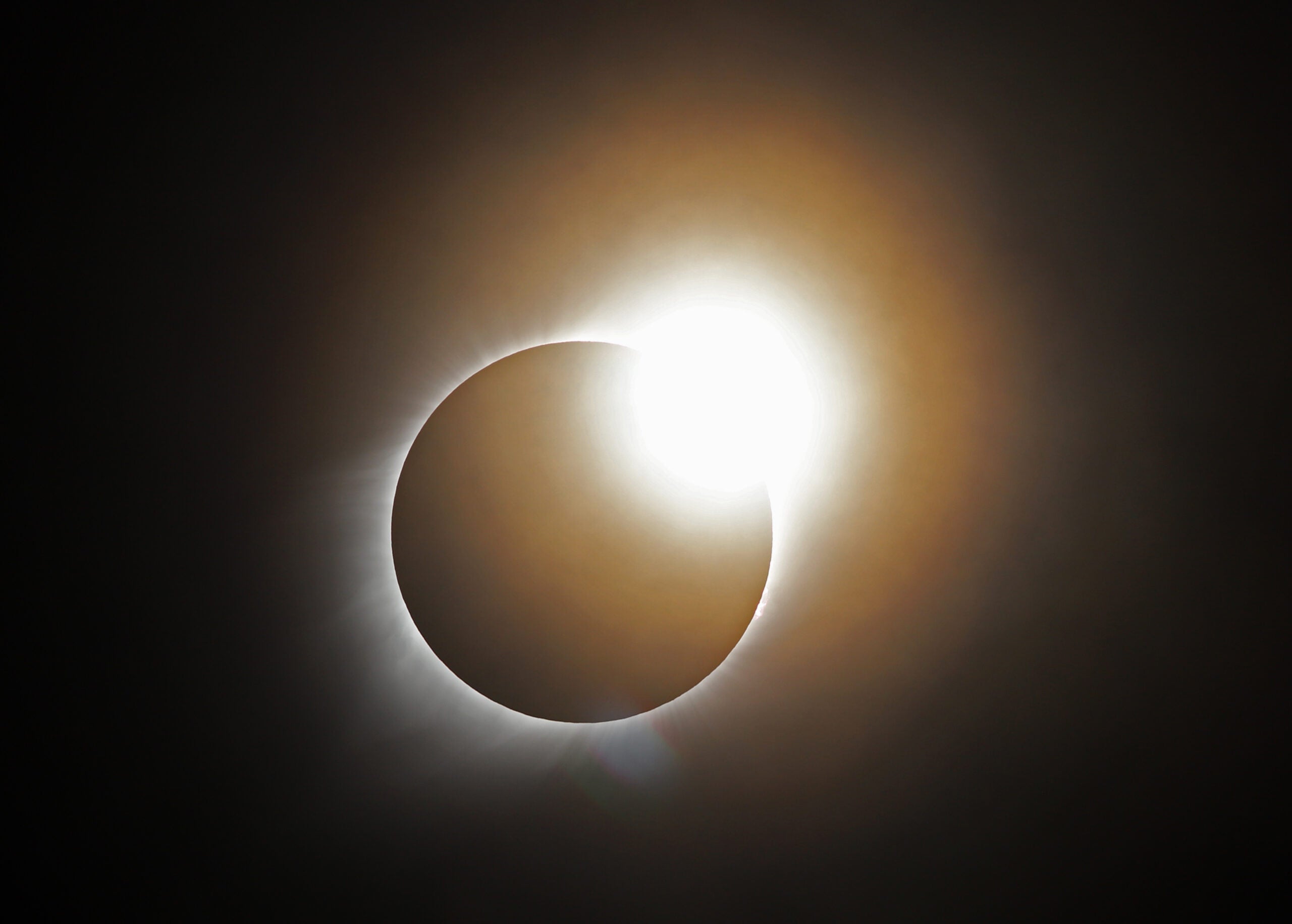How the 2024 total solar eclipse will be different than the 2017 eclipse
INDIANAPOLIS (WISH) — The United States will be lucky enough to witness its second total solar eclipse in the last decade come April 8.
Many across the country witnessed the spectacular August 2017 total eclipse, which was the first of the 21st century in the U.S.
That begs the question: How will totality be different with our upcoming eclipse?

For one, the length of totality will be different. Brian Murphy, a professor of physics and astronomy at Butler University, says that the April solar eclipse will be “almost 2 minutes longer than 2017.
“So, it is nice we will have over 3 minutes (in 2024) for most people in the path of totality.”
Of course, in Indianapolis, the 2017 eclipse was only partial.
On April 8, 2024, totality will last 3 minutes and 36 seconds in Indianapolis beginning at 3:06 p.m. During totality, the planets and stars visible with clear skies will be different than the 2017 eclipse. Jupiter and Venus will be the most notable planets seen in the 2024 eclipse.
The path of the eclipse will also be much different than in 2017.
The Aug. 21, 2017, path of totality started in Oregon and finished in South Carolina.
April 8, 2024, will have the eclipse go through Texas into Indiana and then northern parts of the Northeast.
Crazy enough, locations in southern Illinois will once again be in the path of totality.

Murphy said, “There will be a few changes. The 2017 eclipse, we weren’t quite near solar maximum, where we have maximum activity of the sun. Here, we will be right near solar maximum. So, there may be intricate details in the corona of the sun.”
Butler University will be hosting a free eclipse festival from noon-4:30 p.m. April 8. More than a dozen telescopes will all be equipped with solar filters for safe observation at the event.